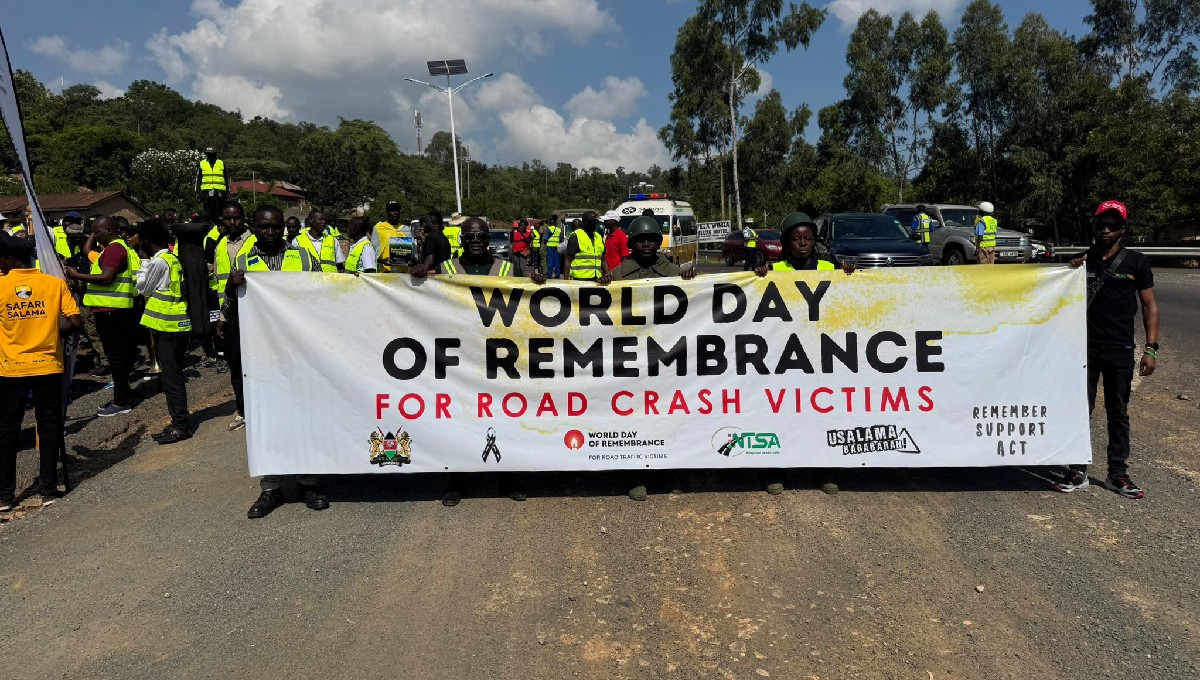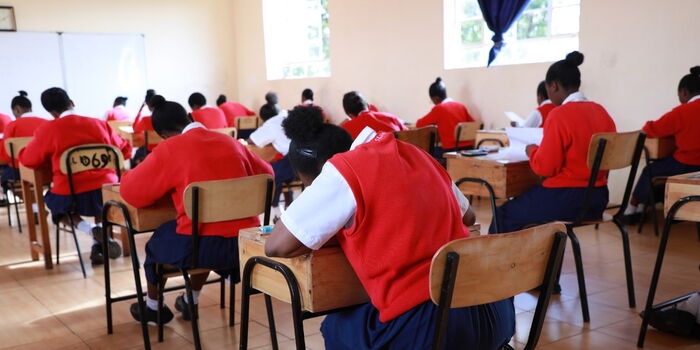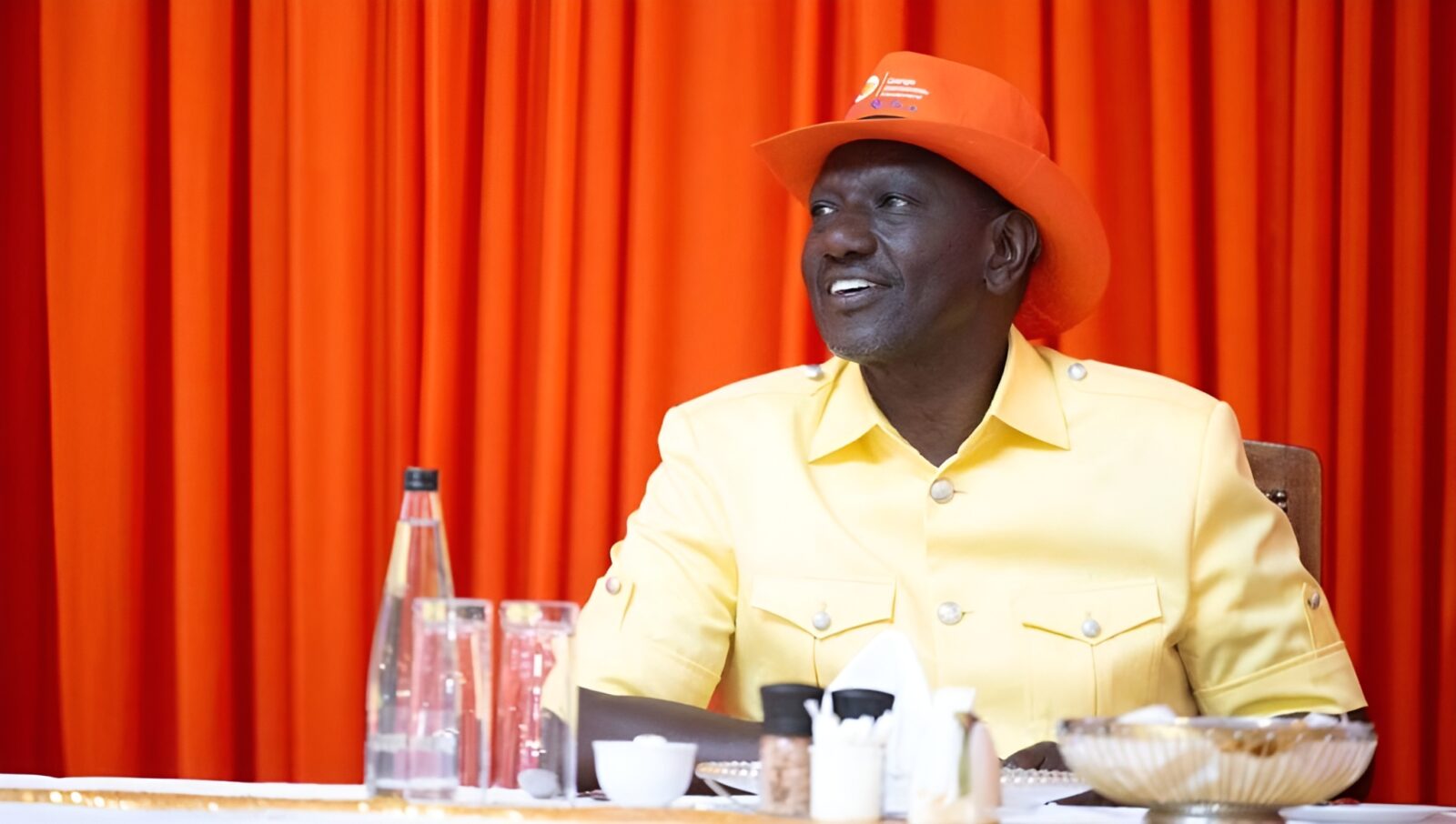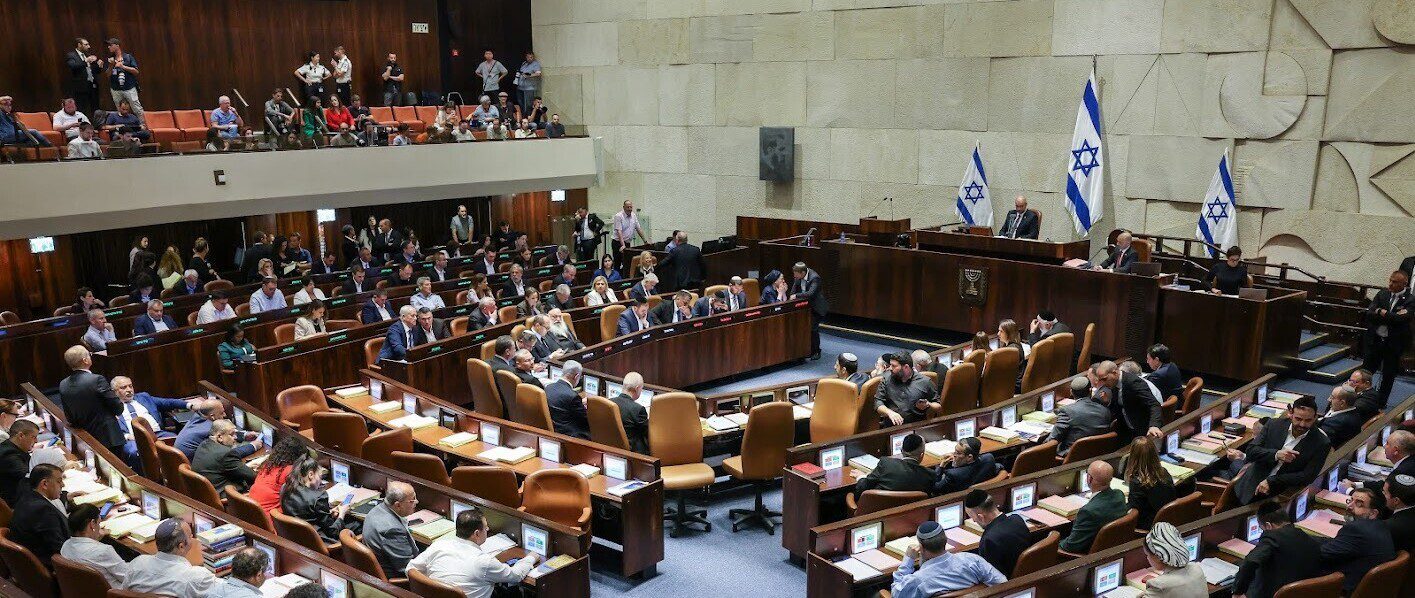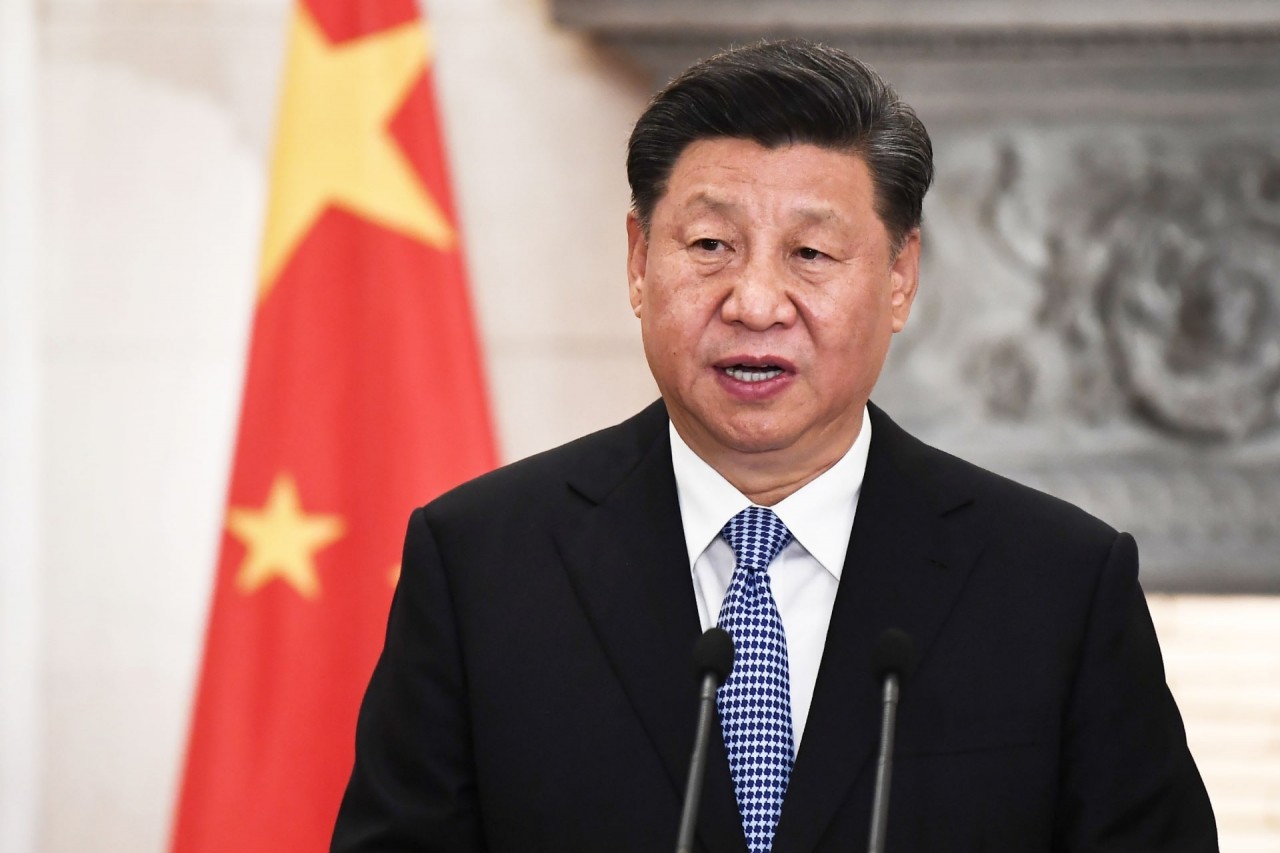Every year on August 12th, we celebrate the International Youth Day, a momentous event established in 1999 by the United Nations General Assembly. It aims to create awareness about global youth issues, appreciate youth-led efforts and promote youth empowerment initiatives worldwide.
This year’s International Youth Day theme, Local Youth Actions for the Sustainable Development Goals and Beyond, is opportune. It calls on governments, the private sector, academia, civil society, religious institutions, and all key sector players and stakeholders to earnestly engage young people and capitalize on their untapped potential and capabilities to expedite the attainment of global sustainable development.
When the United Nations established the Millennium Development Goals in 2000, they envisioned actualizing several key priorities—among them zero hunger, poverty eradication, tackling illiteracy, fighting disease, and promoting equality—by 2015. Unfortunately, when the timespan lapsed, little had been achieved, forcing them to adopt a new blueprint: the UN 2030 Agenda, commonly known as the Sustainable Development Goals.
In Kenya, we have a substantial youth bulge that, when leveraged positively, can tremendously benefit our country by providing a wide pool of labour and a market for goods and services. On the contrary, it can be disastrous if not effectively managed.
According to the Kenya National Bureau of Statistics report of 2022, over 80% of Kenya’s population is aged 35 years and below. The youth, defined as all those aged between 18 and 35 as per Article 260 of the Constitution of Kenya, make up around 36% of the country’s total population.
Since time immemorial, each generation has had its own distinct challenges, opportunities, and responsibilities. Frantz Fanon, in his book The Wretched of the Earth, opines that every generation must rise out of its obscurities, discover its mission, and either fulfil it or betray it. The preceding generations thus contributed in a superb way to the development and transformation that we are currently building upon.
Remarkably, as civilization has evolved, generations have adapted to tremendous societal changes. For instance, the Old Stone Age—which encompasses the Paleolithic, Mesolithic, and Neolithic periods—was characterized by the use of stone tools for hunting and gathering. It was followed by the Agrarian Revolution, where people adopted farming and agriculture. Thereafter came the Industrial Revolution, initially marked by the invention of machinery, the discovery of electricity, the development of computers, and then automation and digitization.
We are currently in the Artificial Intelligence era, characterized by machines being able to perform tasks once reserved for humans. Notwithstanding the fact that AI will lead to job losses as machines replace humans in various sectors of the economy, this technological advancement has made work more efficient and effective.
Globally, young people have taken the lead in various landmark innovations and inventions that have been instrumental in making a difference. This underscores the immense potential they possess in terms of skills and talents, which can only be realized if they are given opportunities and safe spaces to unleash their latent prowess.
Inspired by Napoleon Hill’s saying that the little things you do can make a huge difference, young people have been leading initiatives—from the local level to the national level—aimed at creating a positive impact on society. From peacekeeping efforts to climate action, agribusiness, fintech, and many other areas, their contributions have been essential in advancing sustainable development.
The government’s efforts to introduce affirmative action programs like the Youth Enterprise Fund, the Financial Inclusion Fund (Hustler Fund), youth empowerment programs, and the National Youth Opportunities Towards Advancement Project (NYOTA Project) are commendable.
However, much more needs to be done, such as fully digitizing and automating government services to reduce bureaucracy when accessing these services, establishing ICT hubs at the village level to boost digital literacy levels (which currently stand at 29% of the total population), and expediting the Digital Superhighway Project, which aims to lay over 100,000 km of fibre optic cables across the country, create over 25,000 public Wi-Fi hotspots, and establish Digital Village Smart Hubs in all the 1,450 wards in Kenya.
Consequently, concerted efforts from all stakeholders to create an enabling environment for the youth to unleash their full potential, exhibit their skills and talents, and put their best foot forward are vital to accelerate the realization of the UN 2030 Agenda, the Africa 2063 Agenda, the EAC Vision 2050, the Kenya Vision 2030, and the BETA Agenda.




